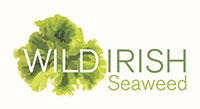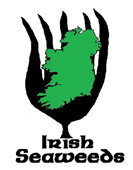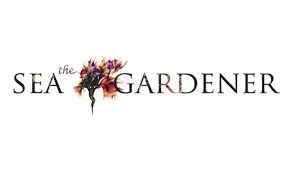Ascophyllum nodosum (L.) Le Jolis
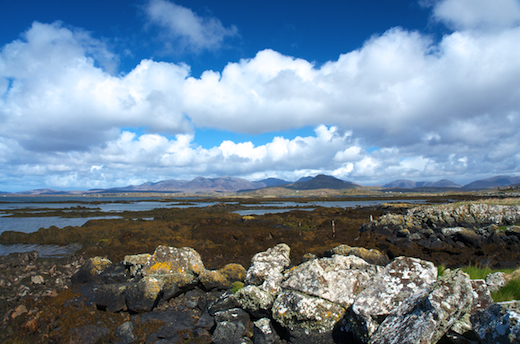
Description: Ascophyllum nodosum is a brown seaweed closely related to Fucus. It forms a single bladders centrally in long, strap-like fronds. The fronds hang downwards, gently draping sheltered intertidal rocks. A number of fronds grow from each basal holfast, and the plant generally regenerates new fronds from the base when one of the larger fronds are damaged, so that the stands you see on the shore may be very persistant indeed. Reproduction takes place in beautiful yellow receptacles in spring (below). These develop in reponse to short days in the autumn, mature during the winter, and are at their most prolific in spring. Eggs and sperm are released into the water, and the eggs release a low molecular weight sperm attractant known as Finnavarene, named for the village of Finavarra ("wood by the sea") in north Co. Clare in Ireland.
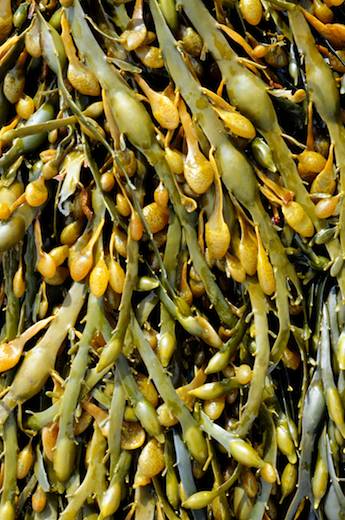 Distribution: Ascophyllum is currently confined to the North Atlantic basin. Although plants have been found from time to time in San Francisco Bay, the species does not persist there. The plants are used as packing for shellfish from the North Atlantic and when discarded may briefly establish populations.
Distribution: Ascophyllum is currently confined to the North Atlantic basin. Although plants have been found from time to time in San Francisco Bay, the species does not persist there. The plants are used as packing for shellfish from the North Atlantic and when discarded may briefly establish populations.
Usage: Ascophyllum is used for the extraction of alginic acid, a polysaccharide used in foods and in biotechnology. Plants are sustainably harvested in Norway, Ireland and Iceland. In Connemara, it is cut sustainably by hand for high-quality meal for animals, and as an agricultural fertilizer. Some 20,000 t are currently harvested sustainably by hand in the region since 1940s and transported by road to a drying plant at Cill Chiaráin (Kilkerrin, Co. Galway) in Connemara on the west coast of Ireland run by Arramara Teo. Beds are cut on a 4- or 5-year cycle depending on local conditions as determined by the experienced harvesters.

Link: Algaebase
Photographs and Video © M.D. Guiry

